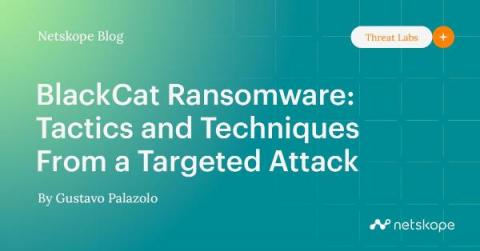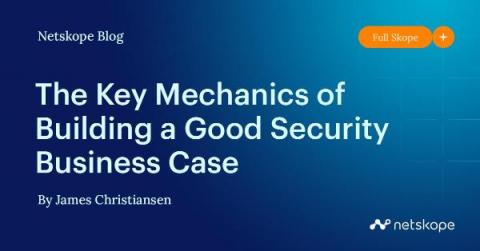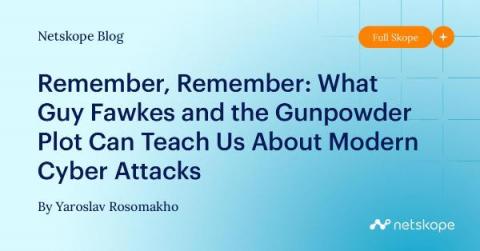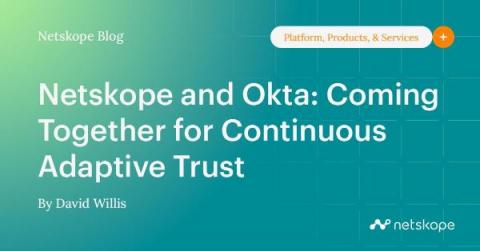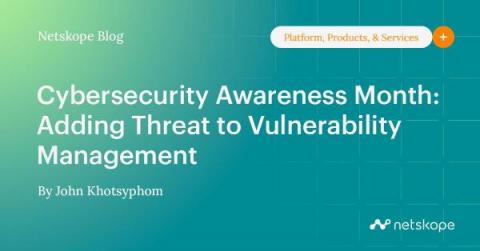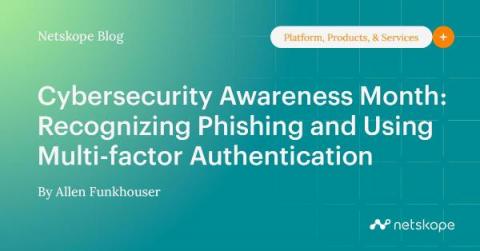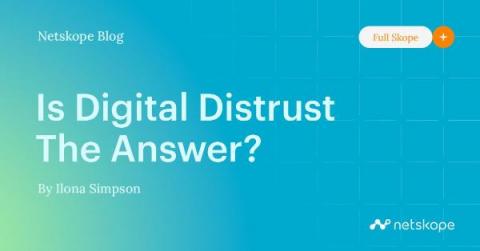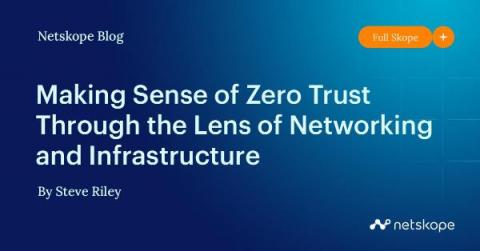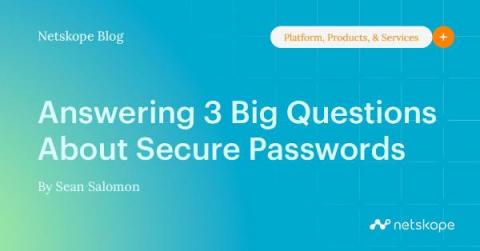BlackCat Ransomware: Tactics and Techniques From a Targeted Attack
BlackCat (a.k.a. ALPHV and Noberus) is a Ransomware-as-a-Service (RaaS) group that emerged in November 2021, making headlines for being a sophisticated ransomware written in Rust. It has both Windows and Linux variants and the payload can be customized to adapt to the attacker’s needs. BlackCat is also believed to be the successor of the Darkside and BlackMatter ransomware groups.


